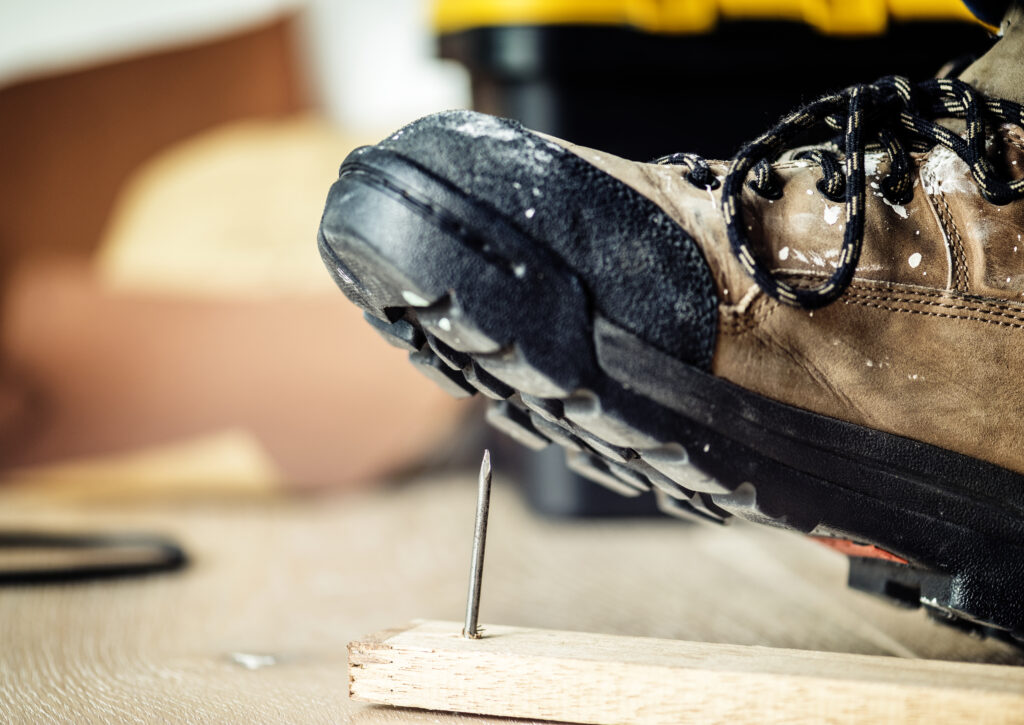Introduction
In emergencies, every second matters-- specifically when it comes to saving lives. The act of performing chest compressions throughout a heart attack can indicate the difference in between life and death. This short article explores the ins and outs of Mastering Compressions: Taking Transforms to Conserve Lives, highlighting the value of synergy, appropriate technique, and knowledge of procedures that can enhance survival rates in crucial first aid and cpr course melbourne circumstances. By the end of this comprehensive overview, you will certainly have a much deeper understanding of not simply standard vs sophisticated life support, however additionally how taking turns on compressions can enhance rescue efforts.
Mastering Compressions: Taking Turns to Save Lives
When it comes to CPR (cardiopulmonary resuscitation), grasping compressions is essential. Chest compressions are the heart of CPR, essentially and figuratively. They preserve blood flow to essential organs when the heart fails, supplying time for emergency situation services to arrive and take control of. However, many people are unaware that taking turns during compressions can dramatically improve performance and effectiveness.
The Significance of Chest Compressions
- What are Chest Compressions? Chest compressions are rhythmic presses put on the breast bone, intending to imitate the heart's pumping action. Why Are They Critical? During cardiac arrest, blood circulation stops. Without instant intervention, brain damage and death can happen within minutes.
Basic vs Advanced Life Support
Understanding the distinction in between basic vs innovative life support is essential for any individual wanting to supply assistance in an emergency.
- Basic Life Support (BLS) Often instructed in mouth-to-mouth resuscitation training courses, BLS consists of breast compressions, rescue breaths (if trained), and making use of an AED (Automated External Defibrillator). Advanced Life Assistance (ALS) ALS entails much more intricate treatments like respiratory tract management and medicine administration by qualified medical care professionals.
Checking Responsiveness: The First Step
Before launching any life-saving measures, examining responsiveness is essential.
- How to Examine Responsiveness? Gently tremble the individual's shoulders while asking if they are okay. If there's no feedback, ask for emergency assistance immediately.
Hospital Codes and Protocols
Every healthcare facility runs under specific codes that dictate how emergencies need to be handled.
- What are Medical facility Codes? Codes like "Code Blue" normally indicate a person calling for resuscitation. Why Know These Codes? Understanding methods guarantees that your activities line up with health center plans throughout an emergency situation situation.
Public Defibrillator Use: A Lifesaver
Public access defibrillators play a considerable role in enhancing survival rates throughout heart arrests.
- How Do You Make use of One? Locate a close-by AED. Turn it on and follow voice prompts. Ensure nobody is touching the client when supplying a shock.
BLS Certification: Why It Matters
Obtaining your BLS qualification is invaluable for both nonprofessionals and health care providers.
- Where Can You Get Certified? Many companies like the American Heart Association offer programs at numerous levels.
Identifying No Breathing: A Critical Skill
melbourne first aidKnowing how to determine whether somebody is breathing is vital prior to launching CPR.
- What Does No Breathing Look Like? Lack of normal breathing patterns; search for gasping or no motion at all.
Taking Switches on Compressions: A Team Effort
When several rescuers exist, turning roles during breast compressions can stop fatigue.
Benefits of Taking Turns
Maintains high-quality compressions. Prevents rescuers from coming to be exhausted. Enhances coordination among group members.Lower Compression Depth: Is It Effective?
While there's a requirement for compression depth (at the very least 2 inches), some may question reduced midsts in particular situations.
- Is Lower Compression Deepness Effective? No-- sticking to advised standards is necessary for effective blood circulation throughout CPR.
Slow Compression Price: What's Optimal?
A typical misconception is that slower prices may be extra reliable; nonetheless:
- The suitable price for chest compressions is in between 100-- 120 per minute.
FAQ Section
1. What should I do if I see somebody collapse?
Start by examining responsiveness-- yell their name or provide a mild shake. If there's no action, call emergency services immediately.
2. The length of time should I execute CPR?
Continue till emergency responders arrive or an AED is available; preferably until you're too tired or somebody else can take over.
3. Can I carry out mouth-to-mouth resuscitation on children?
Yes! The technique is similar however with decreased pressure-- use one hand rather than two for smaller children if needed.

4. Where can I find out about BLS certification?
Check regional medical facilities or wellness organizations; numerous supply classes regularly customized toward numerous ability levels.
5. Suppose I'm alone when someone requires help?
If you're alone with an adult that's unresponsive however breathing generally, call emergency solutions prior to starting mouth-to-mouth resuscitation; if they're not breathing-- begin ideal away!
6. Is public defibrillator usage safe?
Absolutely! AEDs are developed for layperson use with basic directions offered through audio prompts-- do not hesitate!
Conclusion
Mastering Compressions: Taking Turns to Conserve Lives highlights greater than simply doing upper body compressions; it personifies team effort, understanding of protocols, and knowledge concerning tools like AEDs that jointly contribute in the direction of saving lives in emergency situations. Whether you're licensed or just wish to be prepared for unanticipated scenarios, comprehending these ideas will certainly equip you as an initial responder in critical moments. Remember-- the capability to act with confidence can change fear right into activity when it matters most!